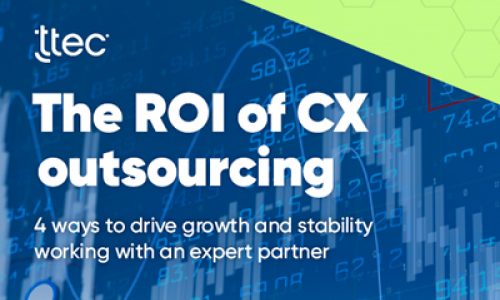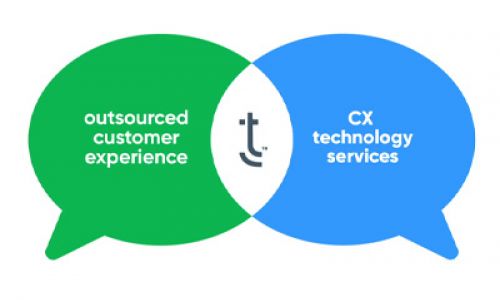These leaders aren’t afraid to take chances and break the mold. They develop cultures and operations based on employee empowerment and customer engagement. But leadership success doesn’t happen by accident.
 TTEC Consulting’s Vision-to-Results leadership execution framework helps leaders become transformational leaders by teaching participants to focus on the right things at the right time, and at the right level. A tight focus on results-oriented “leadership”—rather than “management” or “task”—reveal two important truths: If the context for performance is not clearly and firmly established, the prospects of effective performance are significantly weakened; and it is critical that leaders connect with their teams on both rational and emotional levels to most efficiently achieve the results they seek.
TTEC Consulting’s Vision-to-Results leadership execution framework helps leaders become transformational leaders by teaching participants to focus on the right things at the right time, and at the right level. A tight focus on results-oriented “leadership”—rather than “management” or “task”—reveal two important truths: If the context for performance is not clearly and firmly established, the prospects of effective performance are significantly weakened; and it is critical that leaders connect with their teams on both rational and emotional levels to most efficiently achieve the results they seek.Based on TTEC Consulting’s Vision-to-Results framework, we identified four areas in which strong leaders excel — Set Direction; Engage & Excite; Enable & Execute; Sustain Momentum — and identified CEOs and/or founders who have succeeded in these areas to help their companies thrive.
Here’s an example of one such leader:
Nike CEO Mark Parker is charged with the formidable task of driving continual growth in a decades-old company that faces a soft retail environment and strong competitors like Under Armour and Adidas. A footwear designer who rose up the ranks to become Nike’s third CEO in 2006, Parker earned a reputation as a leader who sustains momentum by consistently pushing for innovation.
“If there is something truly out there and game changing and it’s going to disrupt much of our current formula or approach, people can become quite uncomfortable, and that’s a trap,” Parker told the Wall Street Journal. “One of my biggest sources of angst is having people so comfortable with a formula that works that they are not challenging themselves or their ideas.”
USA Today reported that employees in Nike’s research lab say, “there’s no telling when Parker will drop in and start reeling off questions.” Parker said he likes to ask questions as a deliberate part of his leadership strategy and a way to support his employees’ development. “I end up asking a lot of questions so the team thinks things through,” he told Fast Company.
The lesson? Push employees to do their best work without micromanaging them and give them room to explore new ideas.
To learn who else made our list, check out our eBook, “2017 CX Transformational Leaders.”
Like this post? Subscribe to our customer experience blog.
Also, check out the most recent issue of our monthly customer experience eNewsletter, Dialogue.







